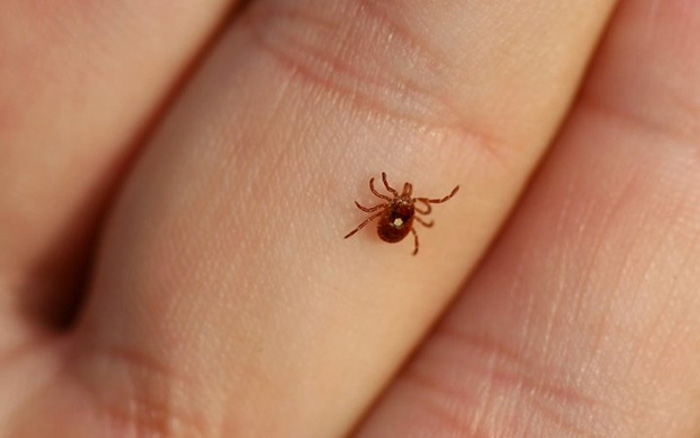Manitoba Health is encouraging Manitobans to take steps to help protect against tick bites and Lyme disease. May is Lyme Disease Awareness Month, and Lyme disease is becoming more common in southern Manitoba.
Lyme disease can be prevented if antibiotics are given quickly after a high-risk tick bite. Manitoba Health recommends people visit a health-care provider within 72 hours to receive antibiotics if:
- the bite was from a reliably-identified blacklegged tick;
- the tick was attached for 36 hours or more, or the tick was engorged; and
- the bite occurred in southern Manitoba (south of the 53rd parallel) or another known risk area for Lyme disease outside the province.
All Manitobans can help protect against tick bites and exposure to Lyme disease by:
- applying an appropriate tick repellent on exposed skin and clothing, following label directions;
- wearing long pants and long-sleeved shirts;
- staying to the centre of walking trails;
- inspecting themselves, children and pets after spending time outdoors;
- removing ticks as soon as possible from people and pets; and
- keeping grass and shrubs around homes cut short to create drier environments that are less suitable for blacklegged tick survival.
It is also important for people to be aware of the signs and symptoms of tick-borne diseases including anaplasmosis, babesiosis or Lyme disease. A list of symptoms for these tick-borne diseases can be found at gov.mb.ca. People should contact a health-care provider if they think they may have a tick-borne disease. For more information, individuals can also contact Health Links-Info Santé at 204-788-8200 or (toll-free) 1-888 315-9257.
Blacklegged ticks, which can carry Lyme disease, anaplasmosis and babesiosis, are most commonly found in and along the edge of forests and in areas with thick, woody shrubs or other vegetation. However, they can also be found in urban areas including household yards. These ticks are typically found from snowmelt to snowfall, with peaks in activity in spring and fall.
Manitoba Health’s partnership with the eTick program, which is developed and operated by Bishop’s University, helps monitor and assess the continued expansion of blacklegged tick populations. Manitobans who find ticks on animals, humans or in various habitats can submit a picture to have it identified by experts, which will confirm if the tick belongs to a species capable of transmitting diseases. For more information or to submit a picture of a tick, visit etick.ca.
To learn more about blacklegged ticks, tick-borne diseases and prevention, visit gov.mb.ca.





